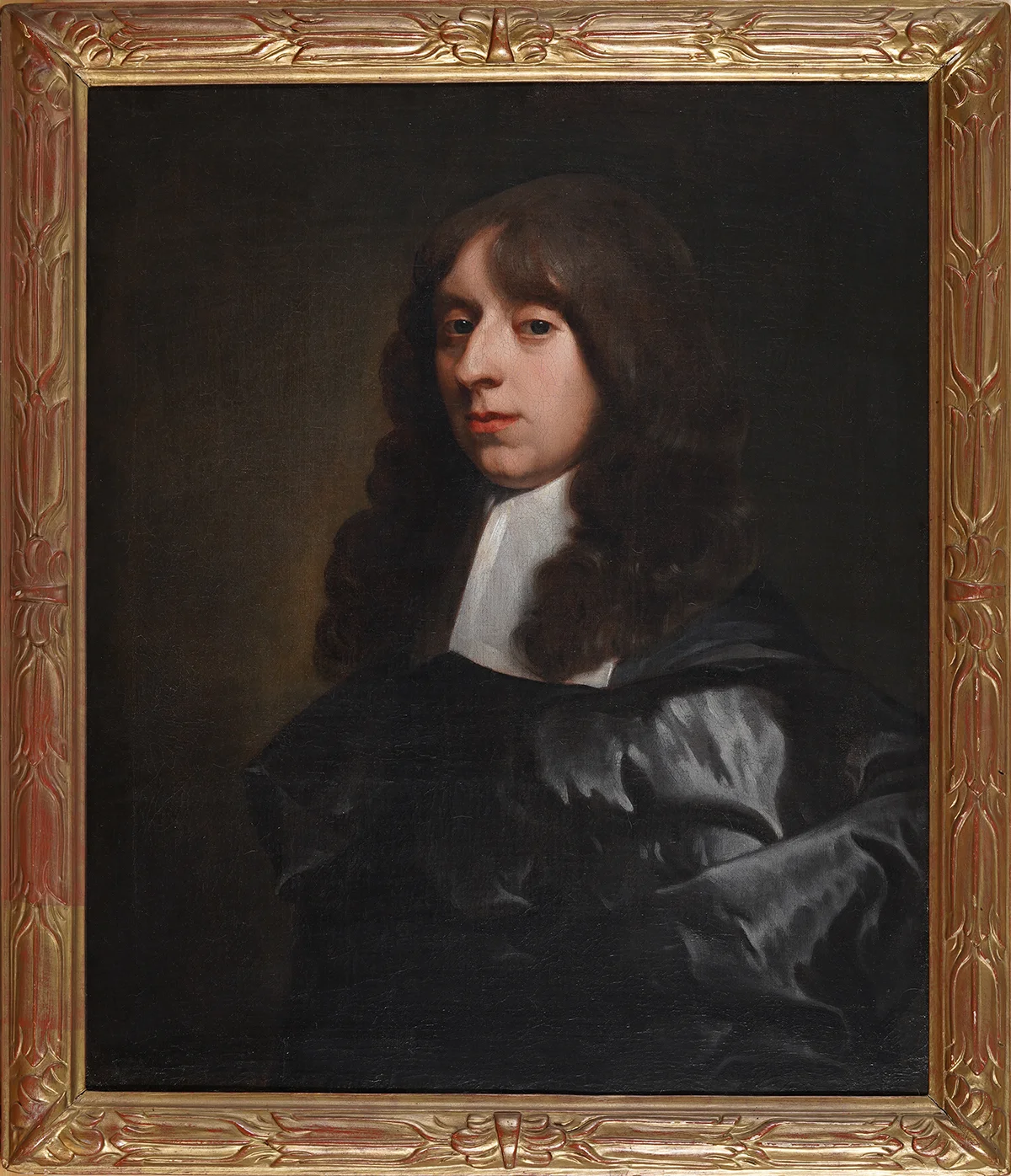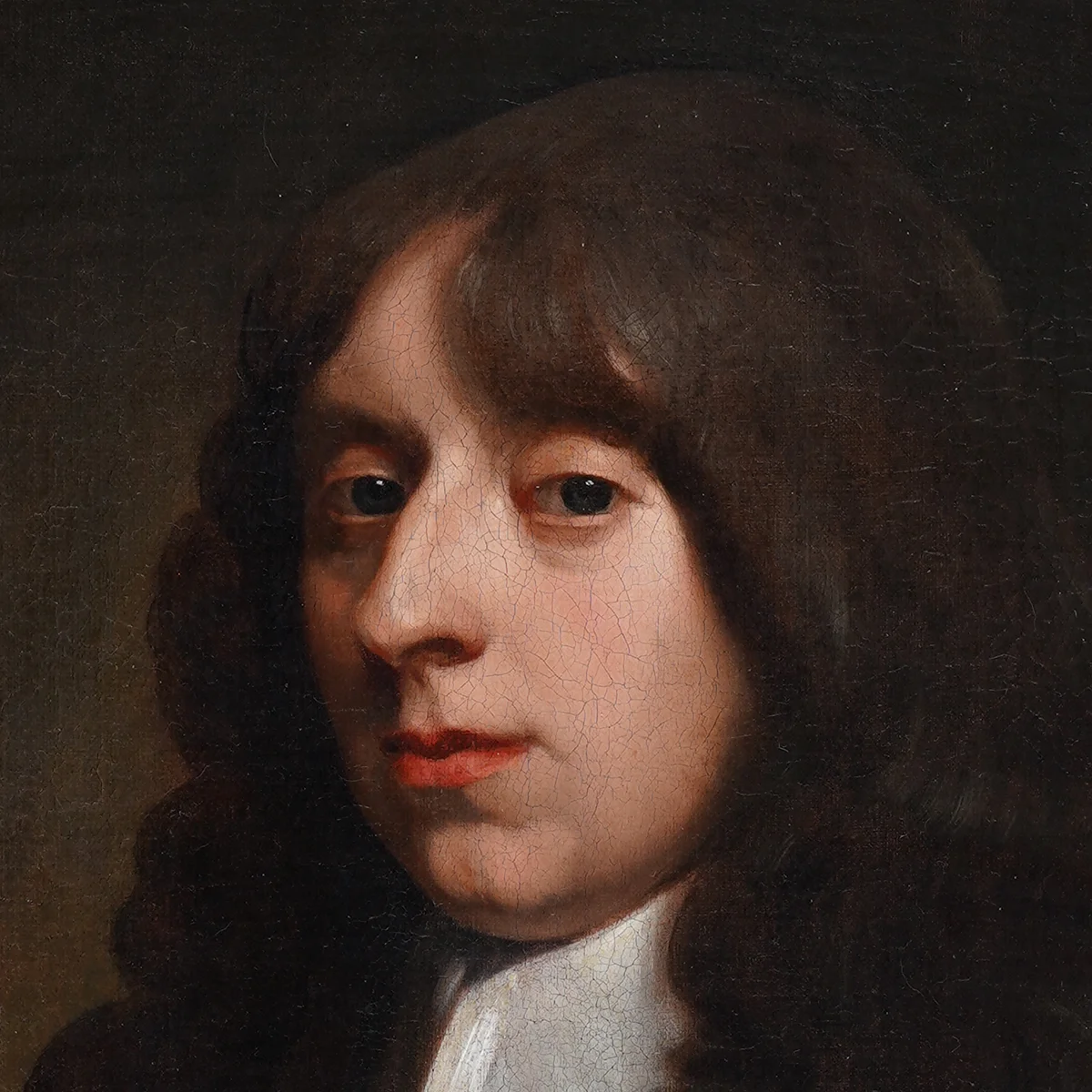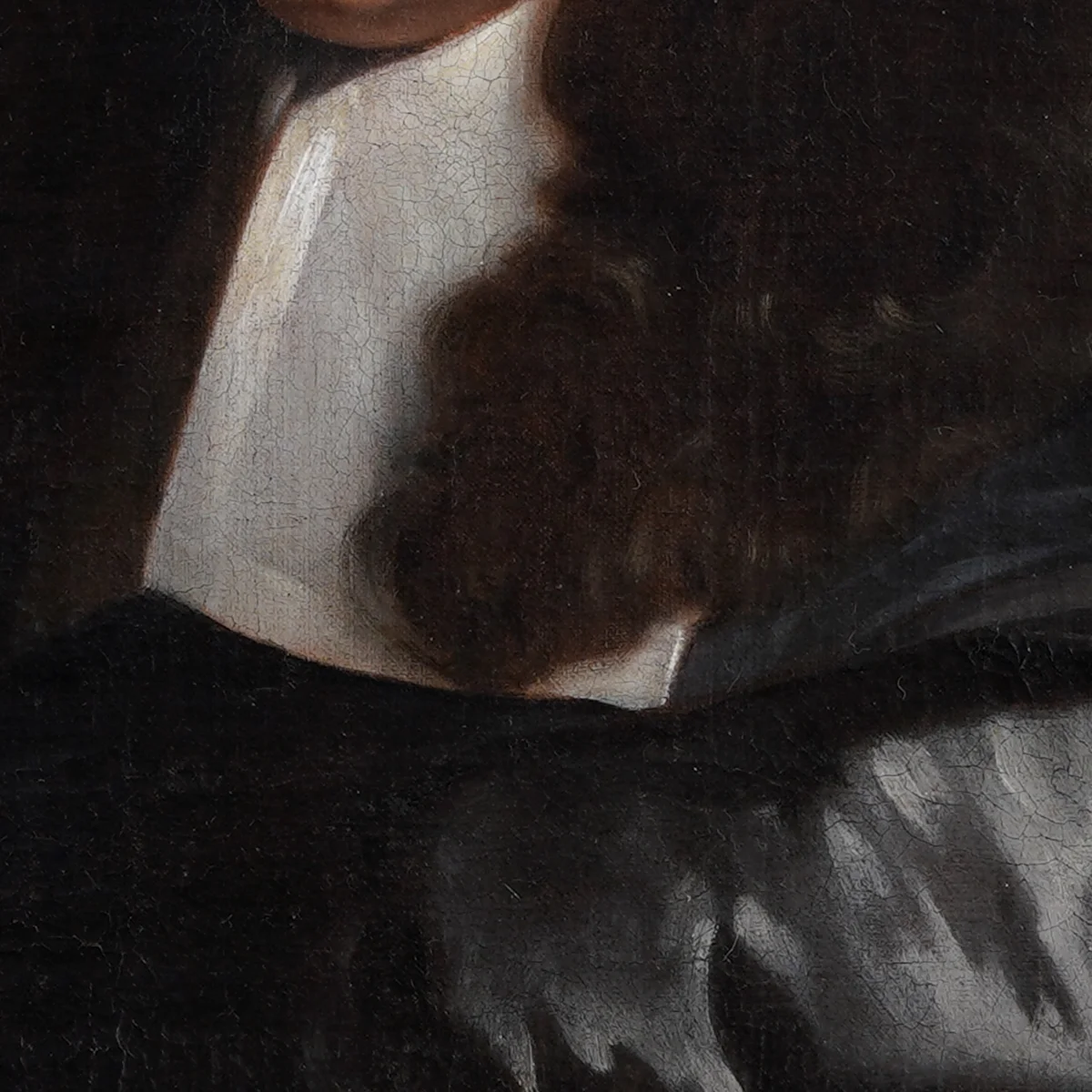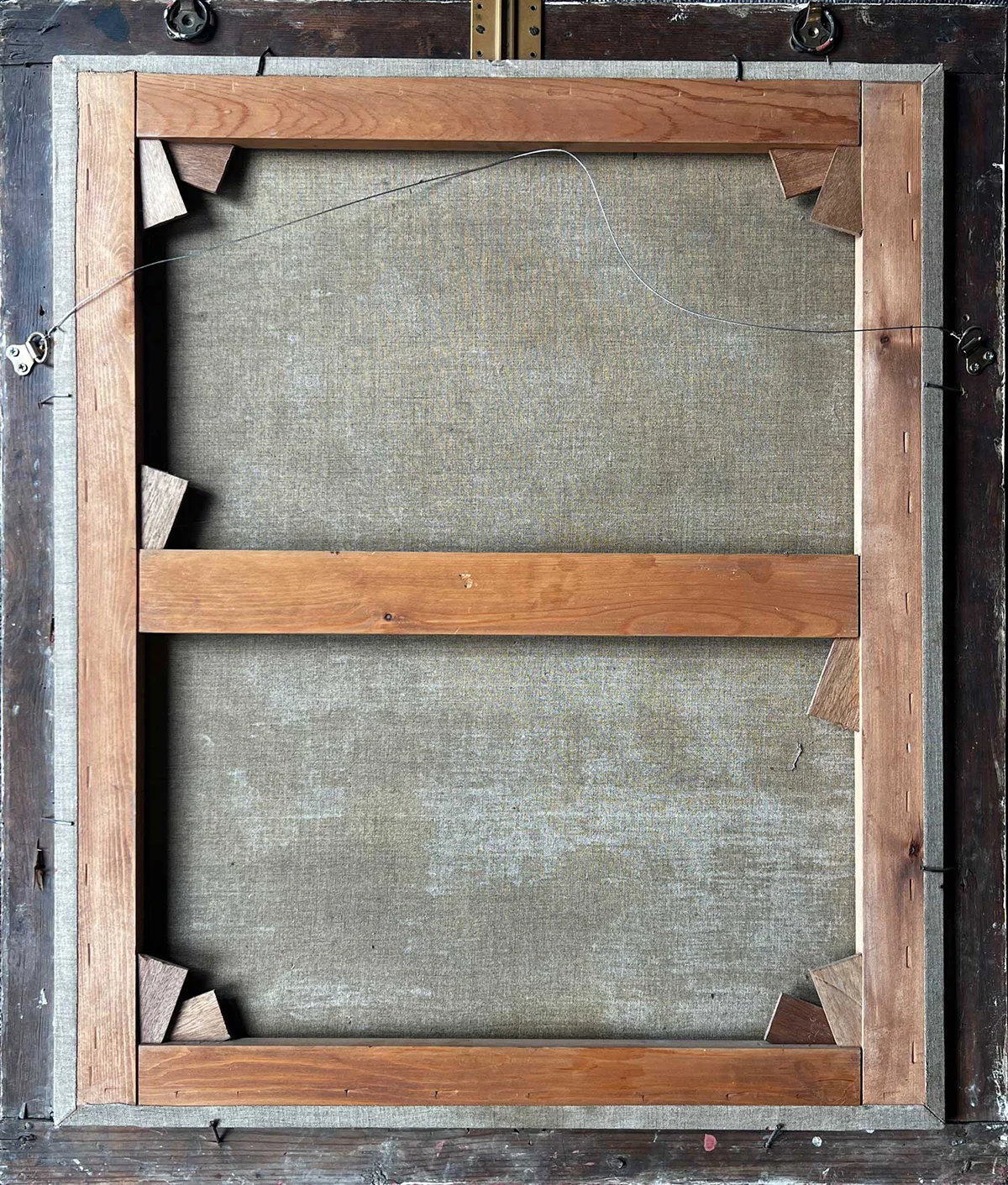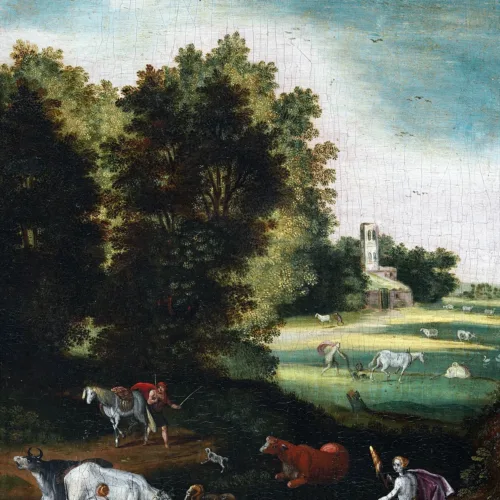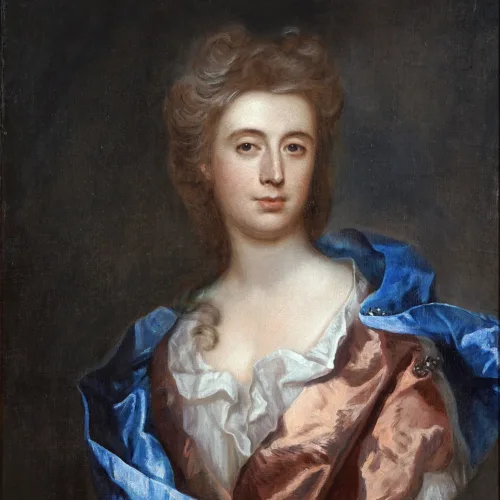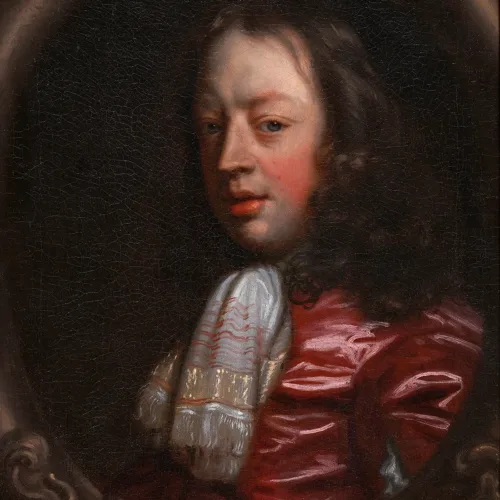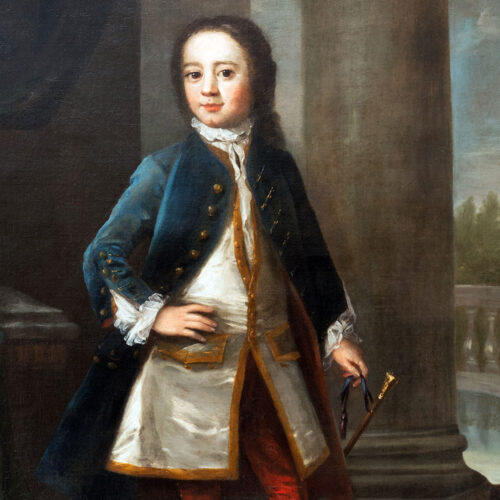Additional Information
ABOUT THE SITTER
The sitter is portrayed with a thoughtful and intense gaze offering insight into his character and the complex era of English history at that time. The beheading of the monarch Charles I in 1649 followed by the turbulent years of the civil war and religious intolerance all add to this dark brooding intensity which makes this period of English portrait so alluring. The sitter is obviously a man of wealth, perhaps a merchant, and his strong pose reflects his position in society.
The sitter is portrayed with a thoughtful and intense gaze offering insight into his character and the complex era of English history at that time. The beheading of the monarch Charles I in 1649 followed by the turbulent years of the civil war and religious intolerance all add to this dark brooding intensity which makes this period of English portrait so alluring. The sitter is obviously a man of wealth, perhaps a merchant, and his strong pose reflects his position in society.
ABOUT THE ARTIST
Gerard Soest, born in Soest, Westphalia around 1602, moved to England before the Restoration and was established there by 1650. His studios were located near Lincoln’s Inn Fields and Southampton Buildings. Renowned for highly finished, realistic male portraits, Soest was considered too Dutch and unrefined for female subjects—unlike his rival Sir Peter Lely. Known for his eccentric and covetous nature, he sometimes refused clients by claiming his master was unavailable. He frequently painted satin draperies inspired by ter Borch and specialized in head-and-shoulders or three-quarter-length portraits, occasionally creating allegorical works with erotic themes. Soest died in London on 11 February 1681.
Gerard Soest, born in Soest, Westphalia around 1602, moved to England before the Restoration and was established there by 1650. His studios were located near Lincoln’s Inn Fields and Southampton Buildings. Renowned for highly finished, realistic male portraits, Soest was considered too Dutch and unrefined for female subjects—unlike his rival Sir Peter Lely. Known for his eccentric and covetous nature, he sometimes refused clients by claiming his master was unavailable. He frequently painted satin draperies inspired by ter Borch and specialized in head-and-shoulders or three-quarter-length portraits, occasionally creating allegorical works with erotic themes. Soest died in London on 11 February 1681.


